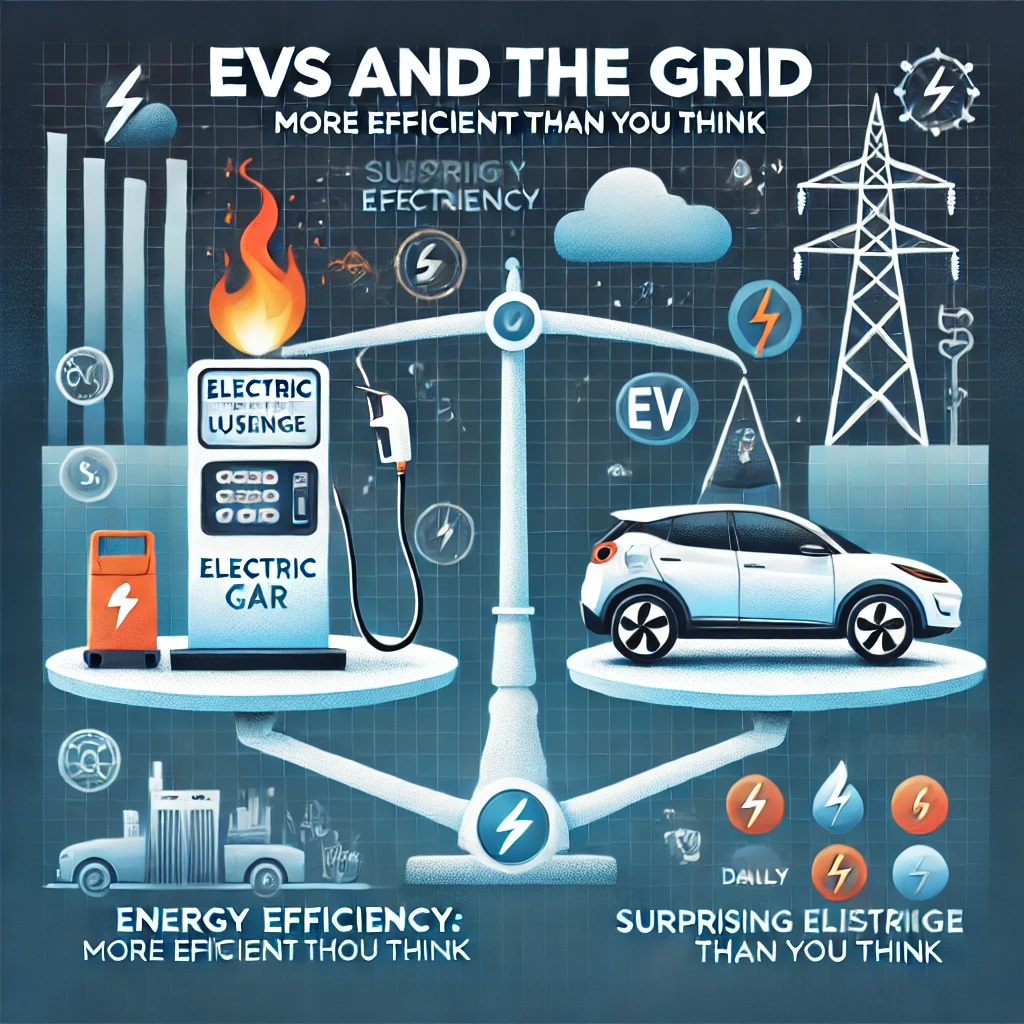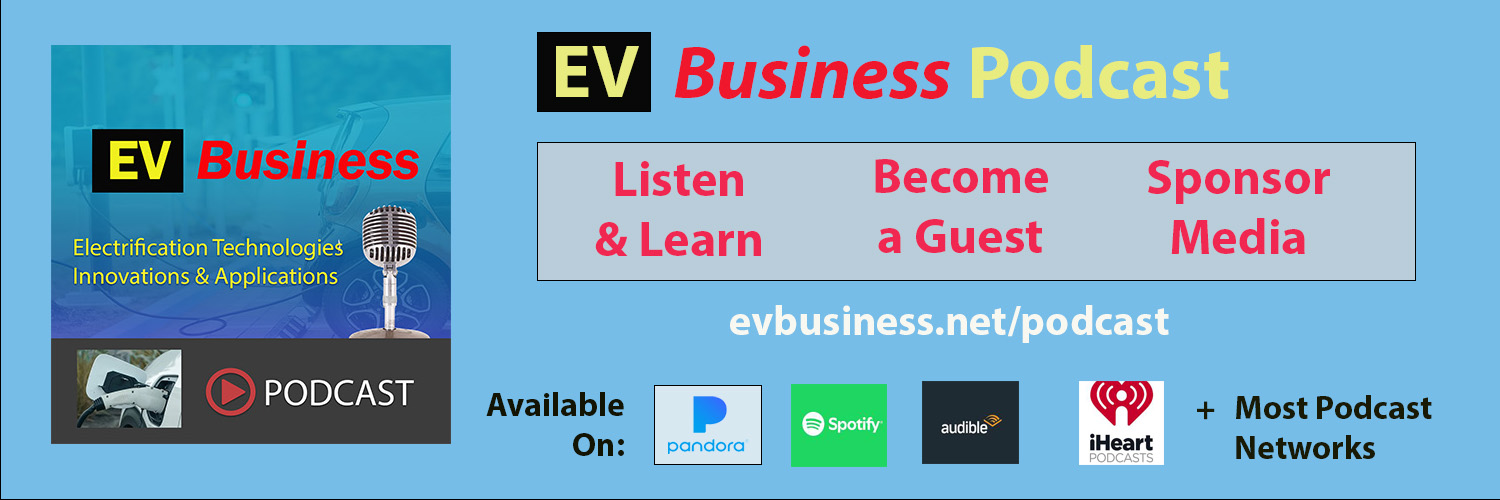As electric vehicles (EVs) become more popular, concerns about their impact on the electrical grid are gaining attention. Will we overwhelm our power infrastructure? Will blackouts increase? What happens if every car becomes electric?
Surprisingly, the data shows that not only can the grid handle widespread EV adoption — in many cases, switching from gas-powered cars to EVs might actually reduce overall electricity demand. This article breaks down the key facts and explores how EV charging, time-of-day usage, and energy savings from phasing out gasoline production combine to reshape how we think about electricity.
How Much Power Does an EV Really Use?
To evaluate EV impact, we start with how much electricity the average electric car needs.
– EV Efficiency: Most EVs travel 3–5 miles per kilowatt-hour (kWh).
– Daily Driving: The average American drives 30.1 miles per day (AAA).
– Daily EV Charging Need: At 4 miles/kWh, that’s only 7.5 kWh per day.
To compare, running a hair dryer for 3.5 hours uses about the same amount of power. On a national scale, this usage is manageable — especially with smart charging and energy planning.
Refining Gasoline Is Electricity-Intensive
What many don’t realize is that gas-powered vehicles already have a heavy impact on the electrical grid.
Converting oil into a single gallon of gasoline consumes 5 kWh to 10 kWh of electricity. Oil refineries are some of the largest industrial electricity users in the United States and other countries.
Gas to Electric Car Energy Math:
A gas car that gets 20 miles per gallon burns gas that would require about 7.5 kWh to refine — the same as an EV uses to drive that same distance.
If an EV replaces a gas car with poor fuel economy, the net grid load might not increase at all.
Charging Time Matters
When EVs are typically charged may be more important than how much energy they use. Most EV charging is done during evening off-peak hours when electricity is cheaper and more plentiful.
Electric Utilities actually prefer predictable, distributed demand like EVs vs. large, unpredictable loads. EVs can be programmed to charge at night when demand is low.
Electric Utilities can setup time-of-use rates that reward drivers for off-peak charging.
Demand response programs (remote control) can enable electric utilities to pause charging during peak load events.
This kind of flexibility helps stabilize the grid — and makes EVs grid-friendly assets, not threats.
EVs as Energy Storage Buffers
Connected EVs can also be converted into energy storage buffers reducing the peak demand on the electrical grid. Vehicle to Grid (V2G) allows EVs with two-way charging to return electricity to the grid during high-demand periods. In addition to helping electric utilities reduce peak demands, EV owners can earn money from selling electricity to the electric company during high-rates and recharge their EVs at night at low rates or use solar to recharge their EVs.
Electric vehicle (EV) owners and fleet operators are increasingly earning income by selling electricity back to the grid through bidirectional charging and smart energy programs. In Denmark, fleet owners can make up to $3,000 per vehicle annually.
In the UK, individual EV drivers are projected to earn around £320 (~$400) per year by 2030 through Vehicle-to-Grid (V2G) systems. Australian early adopters report AUD $1,000 (~$700 USD) per year.


